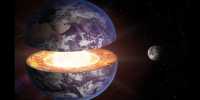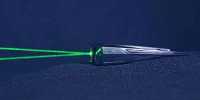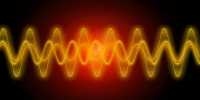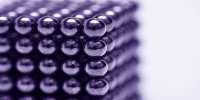A new and especially enchanting “extraterrestrial” particle has been discovered. Although new sub-atomic particles are now available so it is often difficult for interested amateurs to keep up, it distinguishes itself over the longest corrosion period of any foreign substance found so far. As such, it brings physicists closer to their long-held dream: the production of stable outer particles (which exist outside the original formula of two and three quark particles). Discovered by CERN physicists during the Large Hadron Collider Beauty (LHCB) experiment, the new TCC + particle is a tetraquark, a particle consisting of two quarks and two Energy Physics.
The name quarks actually come from the fact that these are usually found in the thirties; a line from James Joyce’s terrifying Finnegans Wake reads: “Three quarks for Master Mark!” In triangles, they make protons and neutrons which make up almost all of our mass. Later we learned Mason; the carrier of strong atomic energy, consisting of only one quark which is attached to an antiquark, a particle whose mass is equal to that of a quark but opposite charge. Most recently, the “particle zoo” has grown to include particles consisting of four or five quark/antiquarks, tetra, and pentaquarks, respectively.
The “taste” of their structural quarks/antiquarks determines their properties. Tcc + consists of two interesting quarks, an up and down antiquark. Charm quark and antiquarks reject their attractive elements such as positive and negative electric charges. The presence of two skin quarks in which they have no balance makes Tcc + twice as attractive. The trick is, on the one hand, the significance of Tcc + comes from how close it is to stability, compared to the highly unstable tetraquarks previously created. Tetraquarks is divided into two masons. Like fissioning in a heavier material lighter, the mesons thus produced have a combined mass from a tetraquark they have less; “Lost” is released as mass-energy.
However, an article in the CERN Courier states that the combined mass of TCC + products is so close to the mass of TCC + particles that only 273 keV of energy remains, whereas the decay energy of other tetraquark is measured in tens or hundreds of electron volts. As it prepares to release less energy, Tcc + loses its ability to decay and prolongs its life.















